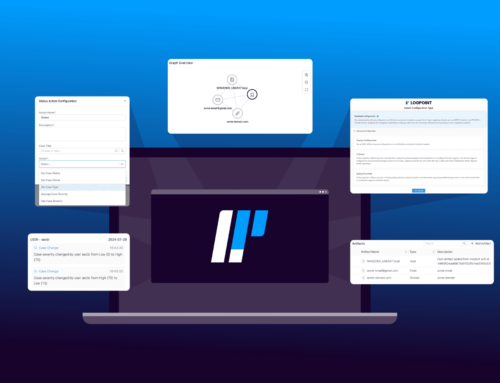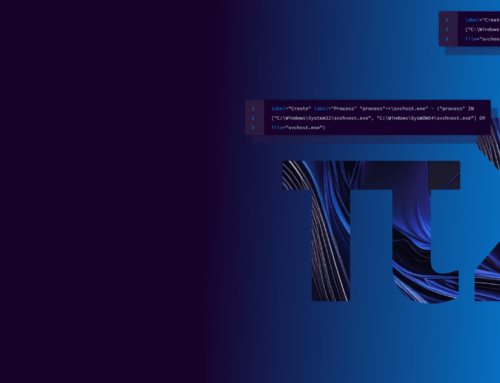Cyber security and choosing the right Security Analytics is one of the, if not the most, massive challenges organizations face in the modern age across the globe. As organizations continue to grow their already complex, sophisticated, and extensive networks, cyber threats continue to develop in complexity, sophistication, and, more importantly, damage cost.
Previously, organizations relied on simple anti-virus and firewalls to keep safe. But as the attack surface grew, so did the arsenal. Now for the challenge – How do organizations apply intelligence and monitor across multiple technologies spread across their network?
Unfortunately, organizations can’t yet predict the future, particularly when security threats are involved. However, implementing Security Analytics is crucial to gain a comprehensive view of an organization’s defenses and security posture.
What is Security Analytics? Defining Security Analytics
Security Analytics is a proactive form of security. It’s a continuous process of using data collection, aggregation and correlation for security monitoring and threat detection.
Depending on the tools, security solutions typically aggregate data from a plethora of device types, from the typical firewall and Active Directory instance to the unsuspecting IoT, business applications and non-IT contextual data. Security platforms such as LogPoint, use user behavior, external threat intelligence, geolocation and identity data to provide more context and enrich the data being fed into the platform and provide anomaly detection for low and slow advanced threats.
Security Analytics provide organizations with insight into sophisticated attack techniques that may be part of a chain of sequences such as privilege escalation, lateral movement and data exfiltration. Security Analytics’ primary objective is to provide early detection of adversaries rather than a delayed response from traditional simple tools. Security Analytics can also provide guidance back to the organization to understand their security posture and weaknesses better.
How can organizations use Security Analytics?
While Security Analytics can speed up threat detection and improve an organization’s security, it can also help in many ways, from network monitoring to forensic investigation.
Here are the most common reasons for using Security Analytics:
- Threat hunting: Proactively search for cyber threats that are lurking undetected within the network.
- Monitor user behavior to detect threats: Use user and entity behavior analytics (UEBA) algorithms to profile and baseline what is correct and what is suspicious behavior to uncover patterns and identify indicators of malicious activity.
- Analyze network traffic: Pinpoint events and detect trends that may indicate a potential attack.
- Identify endpoint threats: Use endpoint threat detection to reveal attackers targeting the endpoints.
- Detect data exfiltration: Detect unauthorized data upload or copying by monitoring unauthorized and low reputation communication channels.
- Monitor employees to detect insider threats: Monitor critical platforms and analyze user actions for suspicious behavior.
- Evidence compliance regulations: Ensure organizations have the right data available by log data collection. Log data allows them to monitor activity and access that reveals compliance violations, which can then be wrapped into a report.
The benefits of Security Analytics
While the ability to analyze large volumes of data from across the entire organization provides a host of benefits, Security Analytics has three key benefits.
Proactive security
Security Analytics provides the ability to analyze and correlate data and events from various sources within the organization in real-time. Security analysts get alerts and insight into suspicious behavior instantly. With the advantage of detecting threats before it is too late, security teams can stop the adversary before they have their hands on the information they want or deploy a threat that will bring the organization to a standstill.
Improved forensic capabilities
Security Analytics solutions are beneficial and highly valuable when it comes to forensic investigations. Security tools such as LogPoint can gather and present information throughout the entirety of an attack sequence, including where an attack originated, the exploited users and programs, the purpose of the attack, and the stolen data.
Maintaining regulatory compliance
One primary driver for Security Analytics tools is compliance with various government and industry regulations. Regulations like GDPR, HIPAA and PCI-DSS, require measures such as activity monitoring and log collection for auditing and forensic requirements. With a unified view and reporting capabilities, organizations can closely manage compliance requirements and alert on potential non-compliance.






